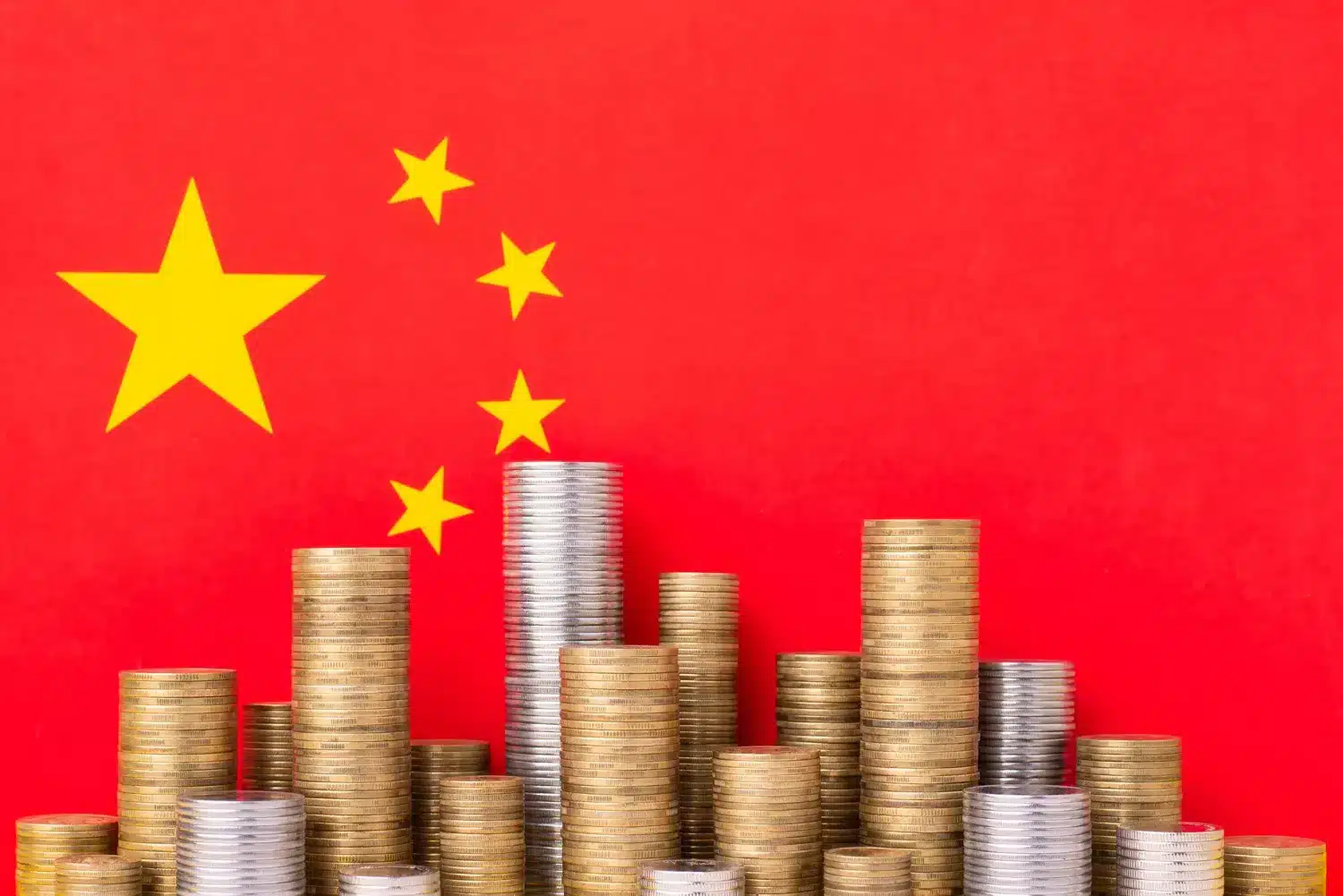The past decade in the Chinese economy has been marked by rapid growth, primarily driven by infrastructure investments, a property market boom, and easy access to credit. While this model generated impressive GDP statistics for many years, it was also burdened with the risks associated with uncontrolled debt. The real estate market became a key engine of the economy, attracting enormous capital investments from both developers and ordinary citizens. Unfortunately, the market is now in deep crisis—thousands of apartments remain vacant, and falling prices have wiped out trillions of dollars in wealth from Chinese households. This situation is leading to a deflationary spiral: low consumption combined with a lack of consumer confidence. Deflation—an occurrence rarely seen in China on such a scale—poses an additional burden on the private sector.
Despite the deteriorating condition of the real estate market and growing imbalances, no significant reforms have been implemented in recent years to support consumption. While many economists recommend expanding the social welfare system (including health insurance and unemployment benefits), which could stimulate consumer spending, President Xi Jinping has consistently avoided this direction. Instead, the authorities focus on tighter state control and further development of the industrial sector, which supports the investment model but hinders consumption potential. Local government debt plays a huge role in this. It is estimated that local governments in China have incurred up to $11 trillion in “hidden debt,” funding projects of questionable economic profitability. Many experts point out that some of these investments are purely political, not market-driven. In the long term, this could pose serious risks to the country’s financial stability, forcing Beijing to consider larger bailout measures, which would further strain the state budget.
Since taking power, Xi Jinping has promoted the concept of the “Chinese Dream”—a modern economy that becomes independent of the West, particularly in key technological areas. An important element of this vision is the construction of domestic supply chains and a developed research and development infrastructure, especially in semiconductors and innovative industrial sectors. This approach has allowed China to reduce its dependence on importing advanced technologies but has also strained relations with the U.S. Beijing emphasizes its readiness to continue developing its own solutions and heavily invests in semiconductor production, putting it on a collision course with American restrictions and export limitations. The trade dispute between China and the U.S. has been ongoing for years, and during Donald Trump’s presidency, it became particularly intense with tariff hikes on Chinese products. Beijing is not sitting idly by: various retaliatory measures, including restrictions on the export of key raw materials to the U.S., are being considered. Xi Jinping openly states that confrontation with the U.S. is likely inevitable on the road to transforming China into a global power. Both the rhetoric and specific actions from both sides suggest that the rivalry could intensify, creating uncertainty among investors and Chinese producers.
In light of these challenges and the rapidly changing international situation, Xi Jinping continues to prioritize the centralization of power and strengthening state control. This has led to a clear stagnation in the private sector and reluctance to implement liberal reforms. This state of affairs deepens entrepreneurs’ and investors’ distrust of the condition of the Chinese market. The collapse of the real estate market, which began in 2020, has not been fully contained. The number of vacant properties is increasing, leading to falling apartment prices and deepening losses in the portfolios of China’s middle class. Measures taken so far, such as limits on property purchases or merging selected developers with state-owned companies, have not yielded the expected results.
Low consumption remains a weak point in China’s economy—it accounts for only 39% of GDP, while in the U.S., this figure is 68%. The authorities in Beijing have long emphasized the importance of developing industry and exports but have shown great reluctance toward ideas involving broader spending on the social welfare system. Xi Jinping fears the creation of a “welfare state” and views excessive social transfers as wasteful. As a result, domestic demand still has no chance of becoming the new “engine” of the Chinese economy. Growing concerns about deflation are often downplayed by Xi Jinping, who observers believe does not fully appreciate the long-term effects of falling prices. Beijing’s political line focuses on reassuring rhetoric, with claims that “people like low prices,” which in practice paralyzes a serious debate on more effective preventive measures. Meanwhile, continued price declines may effectively lower the profitability of the private sector and limit investments.
The announcement of a new wave of tariffs on Chinese goods may prompt Chinese authorities to introduce some modifications to their economic policy. The most likely direction for change would be a slight opening to domestic consumption (e.g., tax breaks) to balance the decline in demand in foreign markets. However, a fundamental shift towards pro-consumption reforms still seems unlikely, considering Xi Jinping’s stance so far. Exports, which have been the backbone of China’s economic growth, remain its greatest weakness in the context of the ongoing trade war. With the high share of exports in GDP, further sanctions or tariffs could disproportionately impact the entire economy. An additional risk factor is the unfavorable demographic situation. An aging population and a shrinking working-age population will gradually reduce growth potential in the coming decades. These issues, combined with the lack of deep structural reforms, could significantly slow down China’s development pace.
Author: Krzysztof Kamiński, Oanda TMS Brokers
Source: CEO
